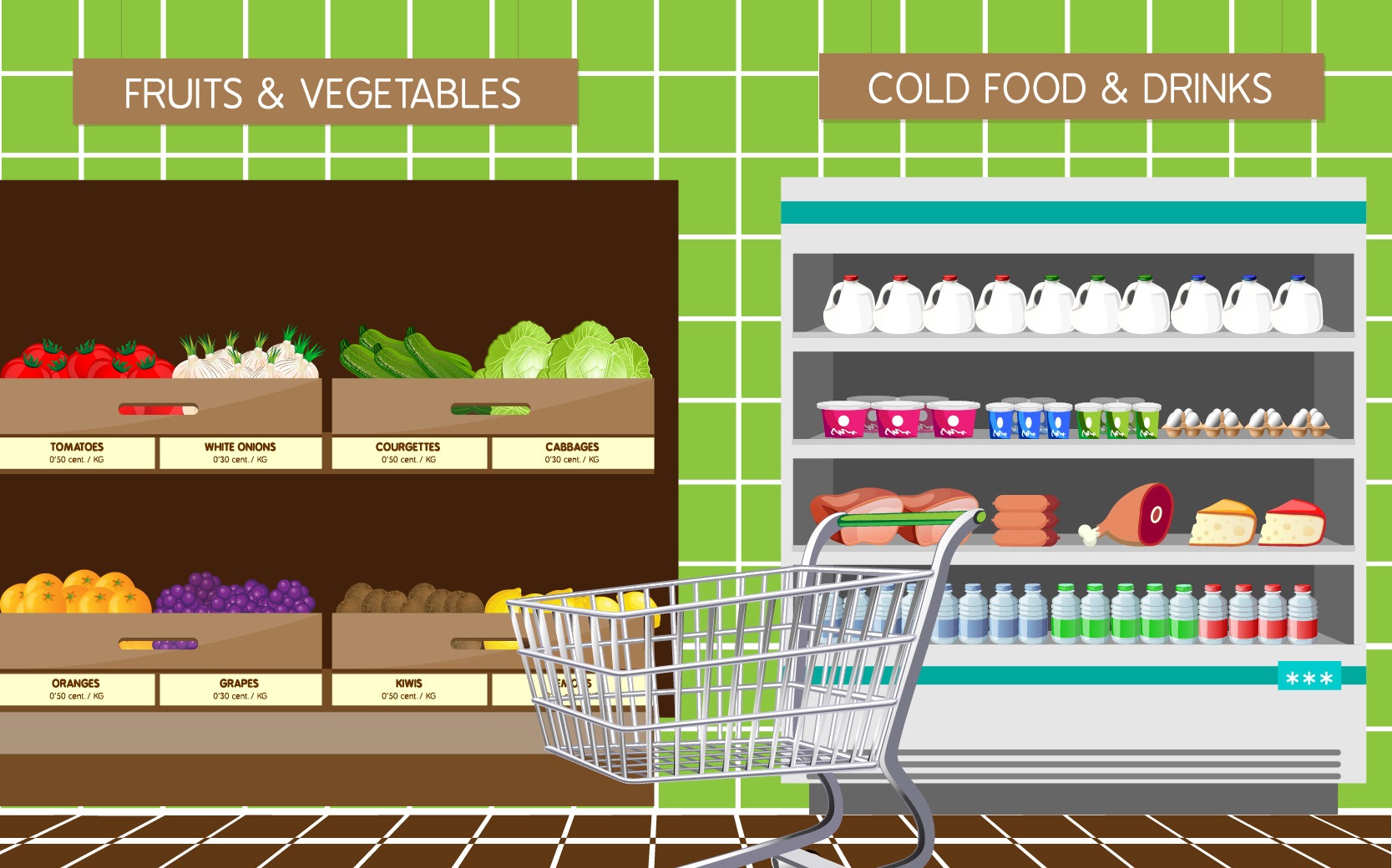What is the most important marketing strategy for FMCG products?
Is it developing a strong brand? Advertising on TV, radio and newspapers? Embracing social media and citizen marketing? Or all of the above?
Well, these strategies are important. However, the trick to generating more sales is as simple as getting the right shelf spaces in retail outlets.
According to research studies done by INSEAD Marketing Professor Pierre Chandon, visibility on the shelves is critical to marketing success for most brands. The only exceptions would be the leader brands.
Introducing Visual Equity
In this article, Chandon shares that visual equity – the act of being visible in stores – can exert a strong influence on sales. Quoting from him:
“If you’re located at the top of the shelf, it increases the percentage of people who see you by about 20 per cent, but it also increases (the likelihood of) your brand being chosen by the same amount.”
Similarly…
“…if you’re in the middle of a shelf placement and if you can increase the number of facings, the chances you’ll be seen and bought are increased.”
For low market share brands (ie the newcomers with low brand strengths), the differences can be even more significant. According to Chandon, the right shelf placings can increase the probability of being chosen by up to 67%.
Visibility on Search Engines
Being visible don’t just apply to supermarkets and department stores. The same rules also work on the web with online stores.
This is why being the first few names on a Google or Bing search matters. And why bidding on popular keywords for Search Engines is so important.
(You can learn more about Search Engine Optimization or SEO here.)
Thinking in Terms of Placement (not Profile)
How does this impact the work of marketers?
Well, for a start, you should pay more attention to prime placement – on store shelves or online – rather than spend prodigious sums on fancy advertising, huge events, clever viral campaigns, or big-time Facebook splashes.
Chandon suggests that marketing managers should “re-allocate their budgets to pay more attention to point of purchase and think more about brand presence instead of just brand preference.”
This could of course mean spending more money to secure better positions on your local supermarket’s shelves. It also means that if you’re running an online business, you need to ensure that your website is ranked for the right keywords.
In essence, the point of purchase is no longer just a distribution channel but a communication channel. Visual merchandising and in-store displays are thus more important than ever before.
The same applies online. Being consistently present at the point of time where your customers are actively searching for solutions works far better than occasional huge bursts.
As consumers become immune to the over-the-top efforts of numerous brands trying to drill themselves into their heads, their purchase choices appear to be influenced more by visibility than brand values. Instead of focusing on brand awareness, preference, and top-of-mind-recall, companies may want to look at where the real action takes place and grab a piece of it.
Unless, of course, you’re Apple, Coke or Mercedes.

